Product Description
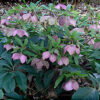

Hibiscus moscheutos – Swamp Rosemallow
Native/Non-native – Native
Hardiness Zone – 5-8
Sun – Full sun to partial shade
Moisture – Moist to wet
Size – 3-7′ height x 3-4′ spread
Comments
* 4-5″ wide flowers ranging from pink to white
* flood plains, water retention ponds
Description
Hibiscus moscheutos
Swamp rosemallow
This shrublike herbaceous perennial is a vigorous grower with large glabrous leaves and 4-5″ wide flowers that range from pink to white. The flowers last only for one day, but they appear consistantly until the end of the season. Amazing show of color and grace!
Height3-7 Feet |
Spread3-4 Feet |
Spacing24 Inches |
Bloom ColorLight Pink |
USDA Hardiness Zone 5-8 |
Swamp rosemallow Interesting Notes
American garden cultivation since 1700’s. Cultivated by Lady Skipworth in her
colonial Virginia garden. Bloomed for Jefferson in July, 1767. http://www.heritageflowerfarm.com
Rose Mallow is a tall perennial native to eastern and southern N America, where it grows in moist places, marshes and on lake shores. The garden varieties can be grown as half-hardy annuals, blooming in 4 1/2 – 5 months from seed. They should be started in February to March in a warm greenhouse and grown on in large individual pots. Soaking the seed for 24 hours before sowing is beneficial to germination. They can be used in the border, as a temporary hedge or grown in large containers. The growth is strong with lush, dark green foliage and numerous huge, 8-10″ flowers in pink, red and white shades. Rose mallows need a warm and sunny situation and moisture-retentive, rich soil. In northern gardens the season is often too short for full development of the flowers. ‘Disco Belle’ is the earliest variety. In US zones 5-10 it can be treated as perennial, overwintering easily with good drainage and the root crown protected with a layer of mulch. In colder areas the deep roots can be lifted in the autumn and stored in a frost-free cellar. http://www.pp.clinet.fi/~mygarden/hibimos.htm
Would a Mallow by Any Other Name Taste So Sweet?
Have you ever pondered upon the strange name given to those sticky masses of sugar that are roasted over a campfire? The answer may be found among the vegetation of the wetlands. The saga actually begins over in Europe where the inhabitants would collect a certain plant from marshy areas. The roots of the plant could be boiled to produce a white sticky substance. Even though it was discovered to have no medical properties, it still satisfied the sweet tooth of children. More… Chincoteague Natural History Association
Hibiscus moscheutos Growing and Maintenance Tips
This plant needs rich soils, consistant moisture and full sun. Good air circulation may
help to prevent disease. Requires fertilizer due to it’s rapid growth in early summer and may require staking. Propagated by seed, greenwood cuttings, root division and layering. Mulch during winter to protect roots from frost and prune in early spring for bushier growth. Best effect when planted in groupings of 3 or more. Plant in areas that remain moist such as the banks of a stream or pond, shrub beds or entranceways for most dramatic effect.


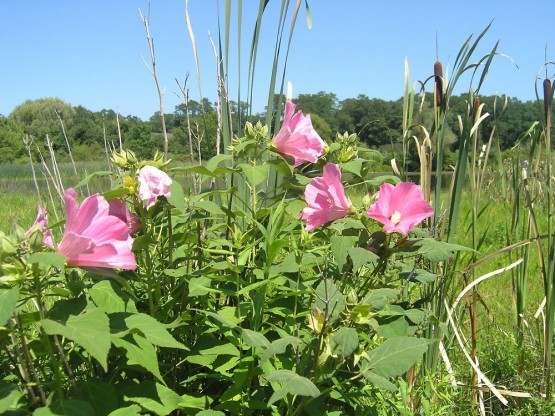
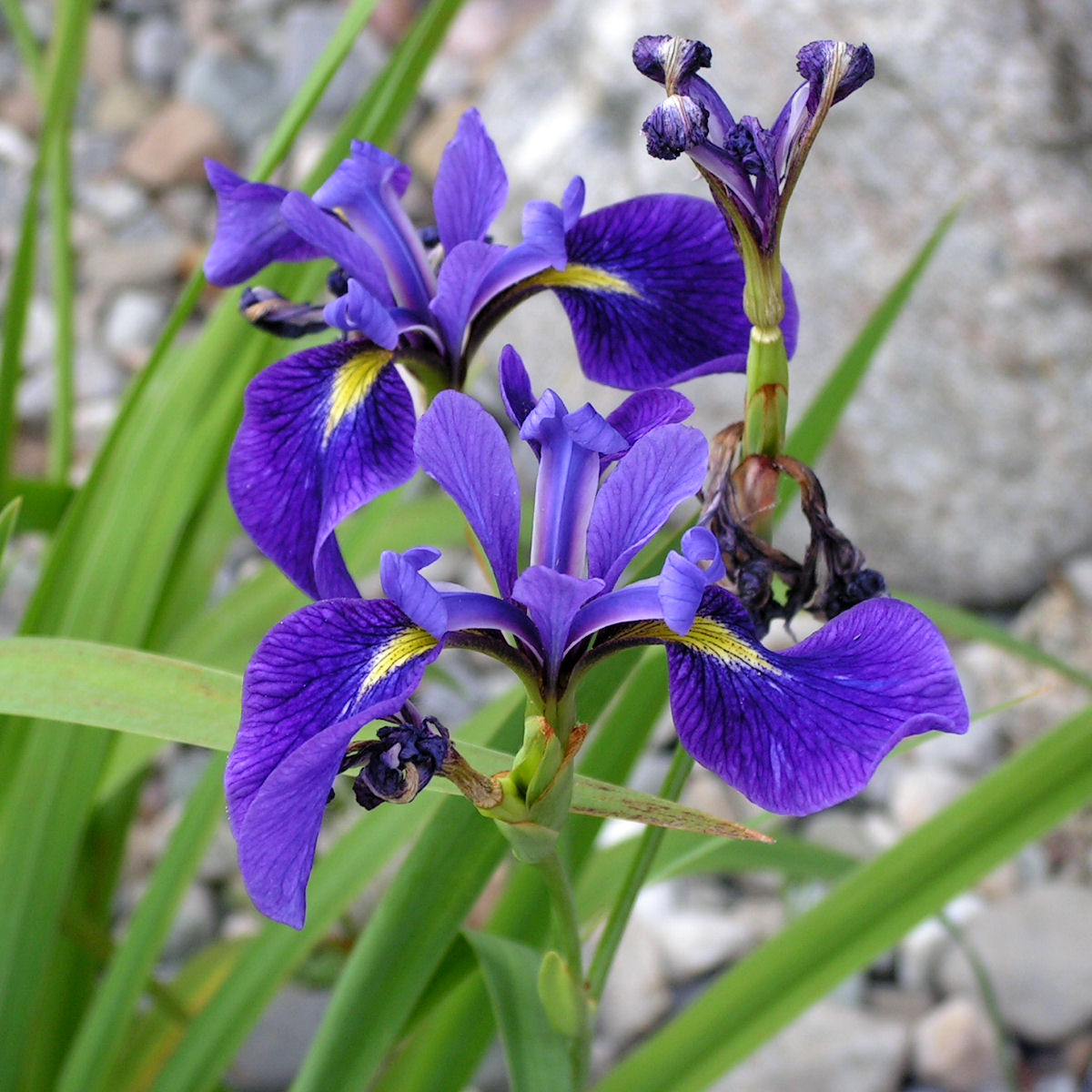
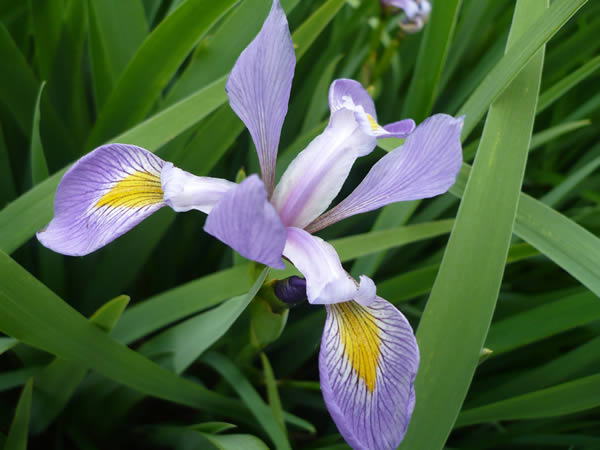
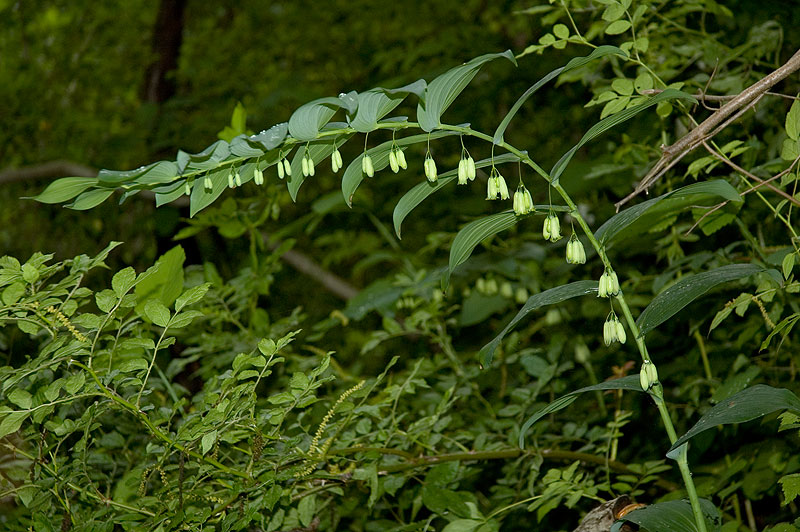




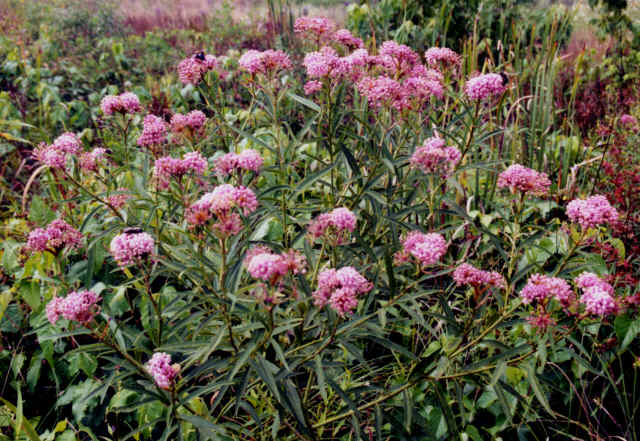
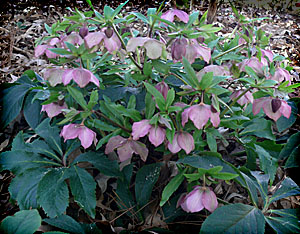




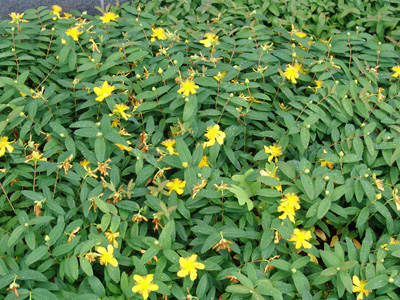

Reviews
There are no reviews yet.